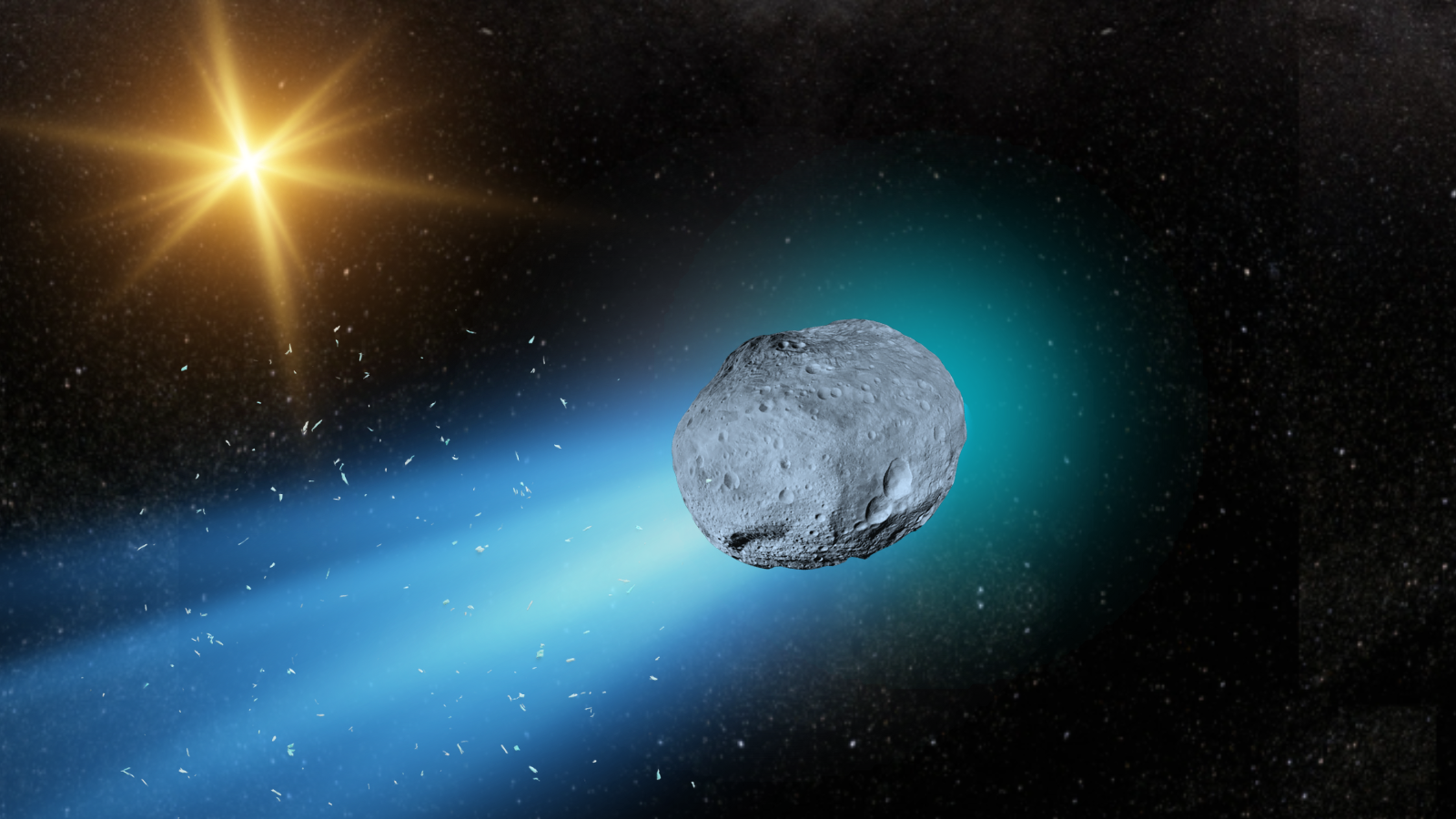Key Takeaways
- New observations of 3I/Atlas reveal unusual tail formations that defy comet norms.
- Composition anomalies suggest elements found only in man-made alloys.
- NASA maintains that 3I/Atlas behaves like a natural comet despite growing speculation.
The Mystery of 3I/Atlas Deepens
Since its discovery on July 1, scientists have been puzzled by the interstellar object 3I/Atlas and its unpredictable behavior. Recent telescope data, including from the Two-Meter Twin Telescope in the Canary Islands, revealed a faint anti-tail—an unusual jet spanning roughly 3.7 miles from its nucleus and pointing toward the Sun.
This behavior defies standard comet physics, as solar radiation typically pushes tails away from the Sun. The anomaly has reignited debates within the astronomy community about whether 3I/Atlas is truly a comet—or something far stranger.
The Anti-Tail That Challenges Convention
Dr. Avi Loeb, founding director of Harvard’s Black Hole Initiative, raised serious questions about the anti-tail’s direction and why many comet experts appear to dismiss it. Loeb suggested that the evidence could indicate the object is not natural, proposing the controversial theory that 3I/Atlas might be artificially constructed—potentially by humans or extraterrestrial intelligence.
Further intrigue came from the object’s chemical composition. Observations from Hawaii’s Keck II Telescope detected plumes emitting four grams of nickel per second with no iron present. Loeb noted that such a material—nickel tetracarbonyl—has only been observed in industrially produced alloys, never in natural celestial objects.
NASA Weighs In on the Debate
Despite mounting theories, NASA remains firm in its stance. Tom Statler, lead scientist for Solar System Small Bodies at NASA’s Planetary Science Division, emphasized that 3I/Atlas behaves like a typical comet.
“It has some interesting properties that are a little bit different from our solar system comets,” Statler told The Guardian, “but it behaves like a comet. The evidence overwhelmingly points to it being a natural body.”
Also read: EA Removes Battlefield 6 XP Farming From Portal Servers, Boosts Progression Rewards
A Cosmic Puzzle Still Unsolved
As 3I/Atlas continues its approach toward the Sun, telescopes like Gemini South in Chile have captured new images showing the comet developing a tail and glowing dust halo, confirming its active state.
Whether 3I/Atlas is a natural interstellar comet or something unprecedented remains one of 2025’s most compelling space mysteries—one that may challenge humanity’s understanding of what truly exists beyond our solar system.
Disclaimer: The information in this article is for general purposes only and does not constitute financial advice. The author’s views are personal and may not reflect the views of GameDegen.com. Before making any investment decisions, you should always conduct your own research. GameDegen.com is not responsible for any financial losses.




